#hans bernhard
Explore tagged Tumblr posts
Audio
Gentle Pulsing Dust by Richard Reed Parry from the album Quiet River of Dust Vol. 1
#music#richard reed parry#aaron dessner#aaron brooking dessner#corwin fox#laurel sprengelmeyer#tchad blake#hans bernhard#jordy walker#anti records#marcus paquin#quiet river of dust
14 notes
·
View notes
Text

Luftwaffe Ritterkreuz mit Eichenlaub (Knight's Cross with Oak Leaves) award ceremony at the Berghof, 4 April 1944. L-R: 68 victory ace (67 at night) Oberst Werner Streib, 301 victory ace Major Gerhard Gerd Barkhorn, Generalmajor Erich Walther (he and his Fallschirmjäger regiment defended Monte Cassino), 112 victory ace (including 14 four engined bombers) Oberstleutnant Kurt Bühligen, 50 victory ace (31 at night) Oberstleutnant Hans-Joachim Jabs, Oberstleutnant Bernhard Jope (a medium and heavy bomber pilot who took part in sinking the Italian battleship Roma using Fritz X radio controlled guided bombs on 9 September 1943), 109 victory ace (9 with the Legion Condor) Major Reinhard Seiler, Adolf Hitler, 352 victory ace Major Erich Hartmann (blocked by Hitler), 166 victory ace Major Horst Ademeit (MIA 7 August 1944), 133 victory ace Major Johannes Wiese (including 50 IL-2 ground attack aircraft), Wachtmeister Fritz Petersen (air defense commander/flak), Major Doktor Maximilian Otte (a Junkers Ju 87 Stuka pilot with 1,179 combat missions who was KIA 20 May 1944 by Soviet flak during the First Jassy-Kishinev Offensive), 197 victory ace Hauptmann Walter Krupinski. Krupinski was one of the first to fly the Messerschmitt Me 262 jet fighter into combat, claiming 2 kills in April 1945 as a member of JV 44 led by 104 victory ace Generalleutnant Adolf Galland
#germany#ww2#luftwaffe#adolf hitler#werner streib#gerd barkhorn#erich walther#kurt bühligen#hans joachim jabs#bernhard jope#reinhard seiler#erich hartmann#horst adameit#johannes weise#walter krupinski#fritz petersen#maximilian otte#adolf galland#knights cross#jv 44#the berghof#1944
46 notes
·
View notes
Text


#TOM#RAWLING#TOM RAWLING#DIETER WEBER - LEONHARD EULER OSCAR GAUSS OR OSKAR GAUSS GEORG SCRÖDER OR GEORG SCHRODER#TYLER COOPER - HANS ANDERSEN DURRELL KELLY CLIVE GALBRAITH#WILEM AND PADRAIG O'BRIEN - HEINRICH VON BERGSTROM#ENRIQUE TORTAS - HECTOR CAMACHO DOMINGO CHAVEZ JORGE LOPEZ#VLADIMIR SMIRSKY - ALEKSANDR BORODIN VIKTOR TUPOLEV RASPUTIN ZAITSEV#THOMAS ALDOUS RAWLING - VINCENZO ALBERTO DI ROSSI MICHAEL E. TERGETTY RALPH JONES#HONG FAT - WANG TZU SUN WEI FANG LAO#REAL NAME - THEN GREAT SEARCH THEN ROBOT PRODUCTION MAGNATE THEN NOT REAL AFTER TIME#SOME MAY BE MIXED UP OR OUT OF ORDER#WILEM ALAN AND PADRAIG STEVEN O'BRIEN (GALLAGHER)#TYLER COOPER (DUNCAN)#HANS GRÜBER#BERNHARD LANGER#FRANZ BERGMAN#INGRID BERGMAN#SYLVIA PLATH#HELGA MÄRZEN#ELENA SMIRSKY#KEVIN GALLAGHER#GERALD DUNCAN#ALICE COOPER#MARGARET ANN O'BRIEN#PETER BURKE#IAN ARNOLD#RONALD MCDONALD#DAVID MCHUGH#DAFYDD OR DAVYDD AB HUGH
2 notes
·
View notes
Photo









“You are right, Countess - nothing in the world is interesting in the long run! Except for one thing... Gambling with people and people’s fates!”
Dr. Mabuse der Spieler (1922) | dir. Fritz Lang
#rudolf klein-rogge#gertrude welcker#aud egede-nissen#alfred abel#bernhard goetzke#paul richter#hans adalbert schlettow#robert forster-larrinaga#grete berger#julius falkenstein#dr. mabuse the gambler#dr. mabuse der spieler (1922)#dr. mabuse der spieler#dr. mabuse#countess dusy told#cara carozza#count told#state prosecutor norbert von wenk#edgar hull#fritz lang#silent film#german cinema#weimar cinema#german expressionism#screencaps#my post
10 notes
·
View notes
Text

#robertbokor#musikfreunde#orchestermusikfreunde#Konzertchors.gallen#robert bokor#switzerland#ursina leuenberger#christof breitenmoser#bernhard bichler#pascale krayenbühl#hans peter völkle#st.gallen#operngala#all stars
0 notes
Video
youtube
Witchrider - Black
#youtube#witchrider#black#unmountable stairs#daniel dorninger#michael hirschmugl#peter leitner#bernhard weigl#hans-peter#stoner rock#desert rock#alternative metal#heavy metal#musi#music is love#music is life#music is religion#raining music#rainingmusic
0 notes
Text
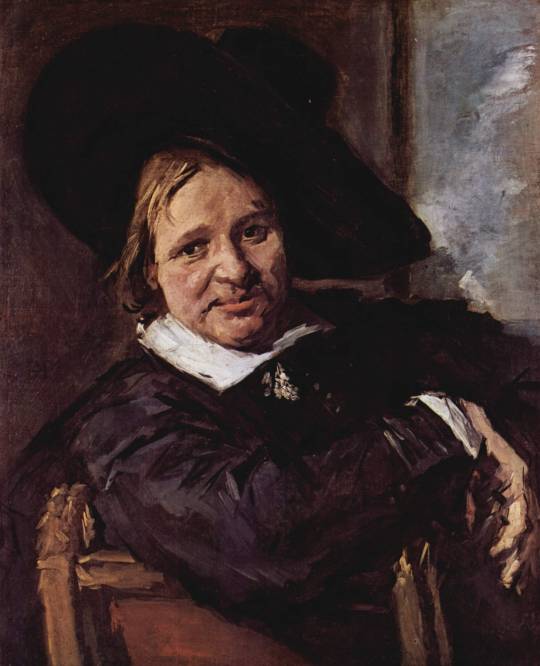
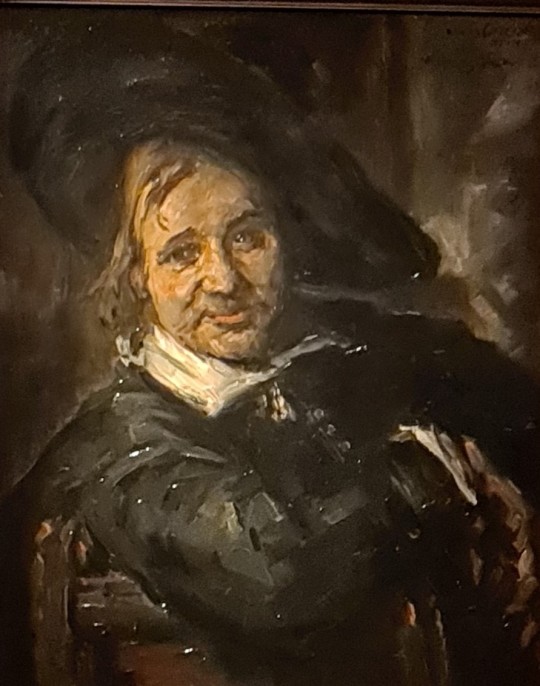
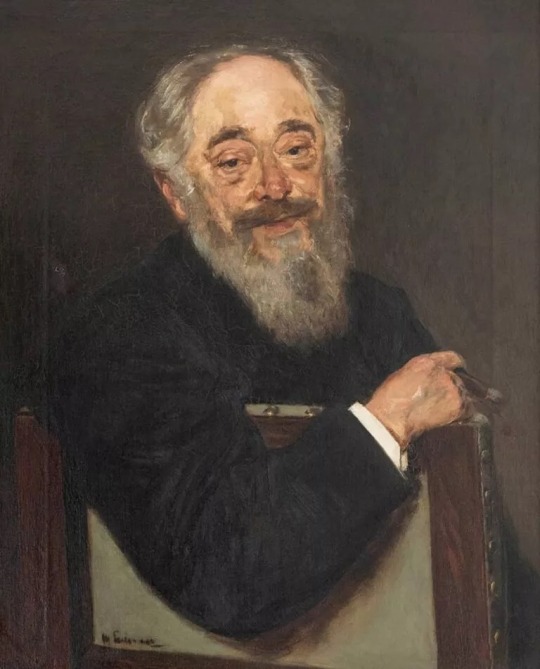
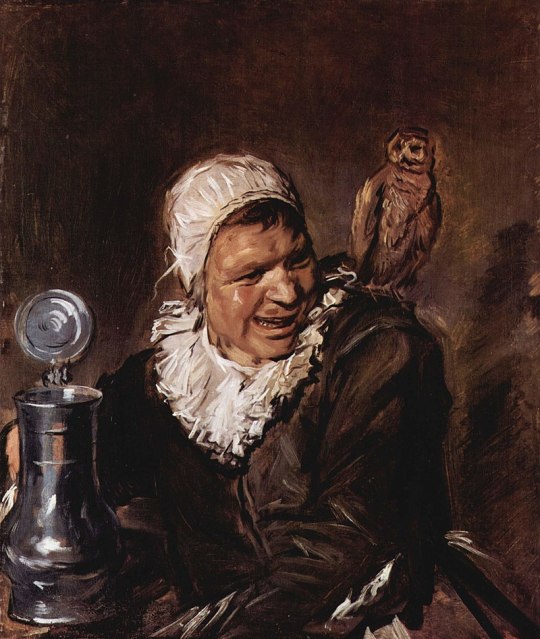
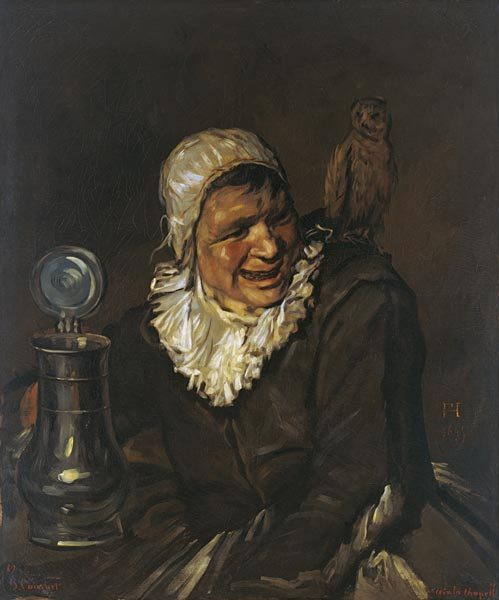
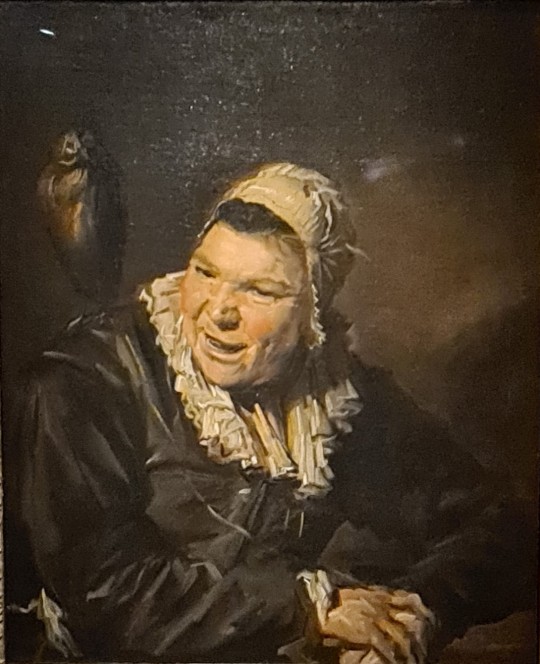
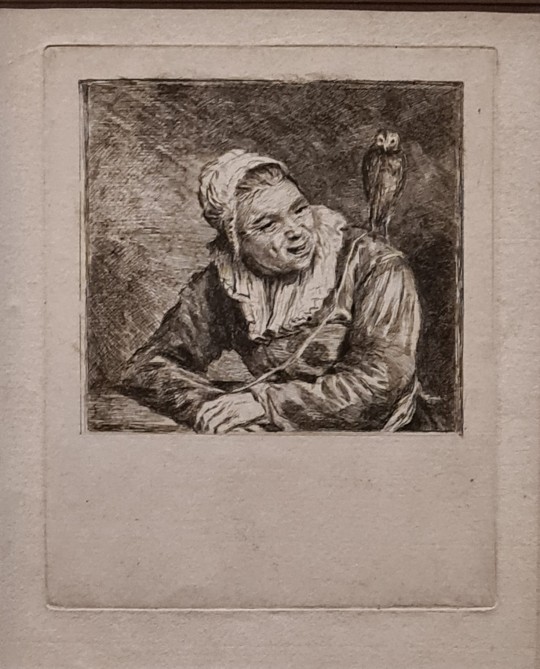

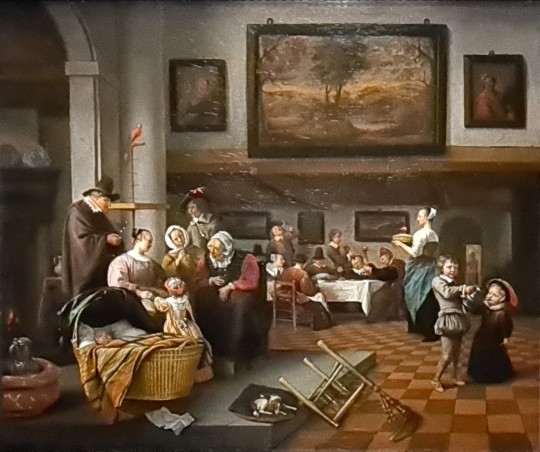

Wat? Bildnis eines Mannes mit Schlapphut (1660) door Frans Hals, Bildnis eines Mannes met Schlapphut (Kopie nach Frans Hals, 1907) door Lovis Corinth, Bildnis des Sanitätsarts Dr. Jacob Sachs (1878), Malle Babbe (1640-1646) door Frans Hals, Malle Babbe (Kopie nach Frans Hals, 1869) door Gustave Courbet, Malle Babbe (1640-1646) door Frans Hals (werkplaats), Malle Babbe (1760-1817) door Louis Bernhard Coclers, Malle Babbe (1932-1939) door Han van Meegeren en Wie die Alten sungen, so pfeifen auch die Jungen (1665-1670) door Jan Steen (met detail)
Waar? Tentoonstelling Frans Hals, Meister des Augenblicks in Gemäldegalerie, Berlijn
Wanneer? 8 augustus 2024
Hoewel Frans Hals nooit echt in de vergetelheid is geraakt, werd hij toch lange tijd gezien als een tweederangs schilder. Zijn spontane techniek werd beschouwd als slordig. Dat verandert in de negentiende eeuw, wanneer hij wordt herontdekt als een van de grootmeesters van de zeventiende-eeuwse schilderkunst. Dit is niet in de laatste plaats te danken aan kunstcriticus Théophile Thoré-Bürger (1807-1869).
Impressionisten als Max Liebermann en Lovis Corinth zijn sterk onder de indruk van Hals’ levensechte schilderijen en zijn vrije, schetsmatige schilderstijl. Op de wand van de expositieruimte is een uitspraak van Lovis Corinth uit 1907 afgedrukt: “Frans Hals hat genau so gemalt wie ich. […] Ich brauche mich gar nicht zu verstellen.” Zijn kopie van Hals’ man met slappe hoed illustreert zijn stelling. Liebermann neemt de houding van de man met slappe hoed over voor zijn portret van Jacob Sachs.
Ook realist Gustave Courbet was een fan van Frans Hals. Dat blijkt in het volgende deel van de tentoonstelling. Een verhoging biedt een podium aan Malle Babbe. Toen dit schilderij in 1869 op een tentoonstelling in München werd geëxposeerd, nam Courbet de gelegenheid te baat om er een kopie van te schilderen. Hij blijft dicht bij het origineel, zij het dat hij Frans Hals’ monogram en het jaartal 1645 zelf toevoegt. Het is beslist geen slechte kopie, maar vooral de mond haalt het niet bij het origineel. Het vreemde lachje van Malle Babbe blijkt niet zo gemakkelijk na te maken.
De kopie van Courbet hangt links van het origineel. Rechts hangt een andere versie van het werk uit The Metropolitan Museum of Art in New York. Hoewel het werk eerder wel aan Hals is toegeschreven, wijst onderzoek uit dat het afkomstig is uit zijn werkplaats. Dat Malle Babbe al snel een bekend motief was in de schilderkunst, blijkt uit een prent van Louis Bernhard Coclers (1740-1817) naar de New Yorkse versie van het werk. Heel interessant is Malle Babbe in de stijl van Hals door meestervervalser Han van Meegeren (1889-1947). Het werk werd in 1939 in zijn atelier in Nizza in beslag genomen. De toestand van het werk is niet al te best. Ondanks dat laat het schilderij zien dat Van Meegeren beslist een kundig schilder was. Ik vind zijn Malle Babbe als werk van Hals een stuk overtuigender dan de in de jaren ’30 en ’40 aan hem toegeschreven ‘Vermeers’.
Het hoofdstukje ‘Malle Babbe’ wordt afgesloten met een schilderij van Jan Steen: Zo de ouden zongen, pijpen de jongen. De reden voor de aanwezigheid op deze tentoonstelling is dat er in het door Steen geschilderde interieur twee werken van Frans Hals hangen, waaronder: Malle Babbe.
#frans hals#lovis corinth#max liebermann#gustave courbet#louis bernhard coclers#han van meegeren#jan steen
0 notes
Text
youtube
die gläserne zelle, hans w. geißendörfer 1978
*
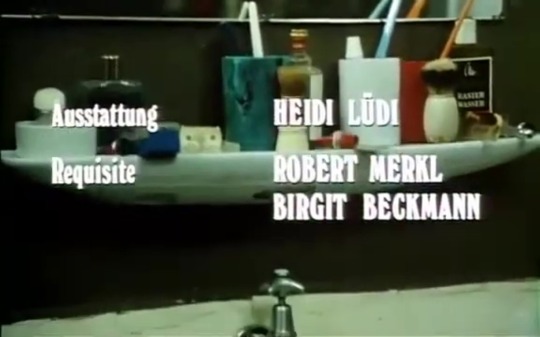
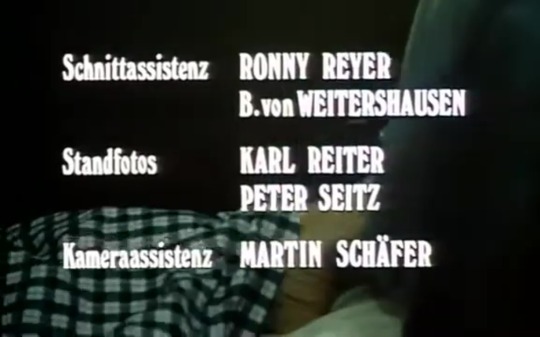
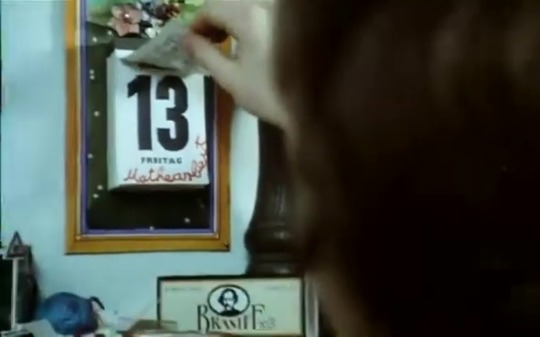
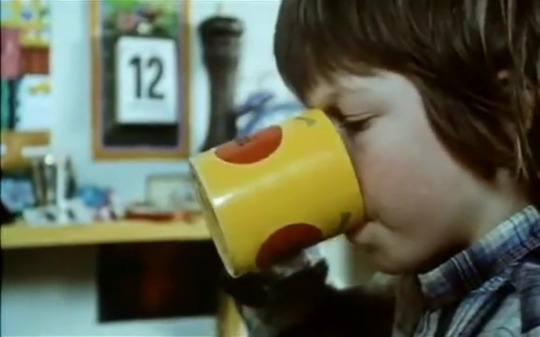
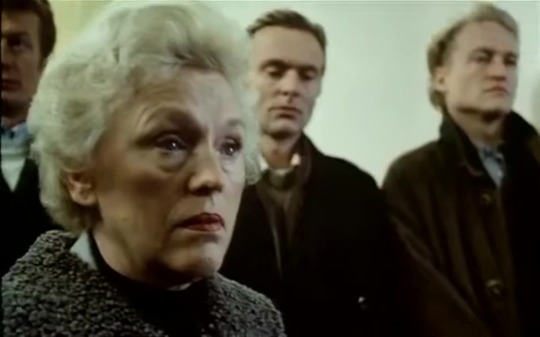


#die gläserne zelle#hans w. geißendörfer#1978#helmut griem#dieter laser#claudius kracht#brigitte fossey#edith volkmann#bernhard wicki#günther strack#heinz bennent#die verlorene ehre der katharina blum#welt am draht#die wand#solaris#peter przygodda#robby müller#robert merkl#ronny reyer#about photography#private photographs#unpublished#13
1 note
·
View note
Text
Hans Albert Einstein | 68+ Mind Blowing Albert Einstein quotes
Today we are going to read Mind Blowing Hans Albert Einstein quotes and Albert Einstein short biography. Albert Einstein was born into a Jewish family in Württemberg, Germany. His father Harman Einstein was an engineer and salesman. His mother’s name was Paulin Einstein. Although Einstein initially had difficulty speaking, he excelled in studies. His mother tongue was German and he later learned…
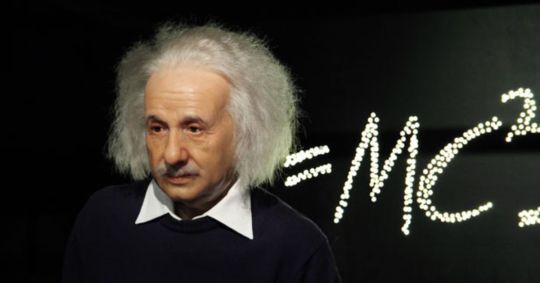
View On WordPress
#albert einstein great-grandchildren#albert einstein wife#bernhard caesar einstein son#hans albert einstein#hans albert einstein age#hans albert einstein award#hans albert einstein cause of death#hans albert einstein iq#hans albert einstein son
0 notes
Text
TWENTY: Solothurn (CH) bis 16.12.2023
Nach 20 Jahren Engagement für zeitgenössischen Schmuck und Objekte lädt die Galerie S O Sie ein, diese spannende Reise in der Galerie S O in Solothurn zu feiern. Hans Stofer, heart 2022, iron, stainless steel Die Galerie S O Solothurn zeigt zum 20-jährigen Bestehen eine Rückschau mit Werken und Arbeiten von Künstlerinnen und Künstlern aus dieser Zeit – eine Gruppenausstellung aus dem Bereich…

View On WordPress
#Andi Gut#Bernhard Schobinger#David Bielander#Fotografie#Galerie SO#Hans Stofer#Jubiläum#Lisa Walker#Objekt#Otto Künzli#Peter Bauhuis#Schmuck#Schmuckkunst#Solothurn
0 notes
Text
Beton
Wreszcie stanęliśmy przed jednym z tych tysięcy zabetonowanych, marmurowych czworoboków, z którego mogliśmy odczytać właśnie świeżo wykute nazwisko Isabella Fernandez. Młoda Härdtl miała teraz łzy w oczach i próbowała umocować na marmurowej tablicy przyniesione ze sobą zdjęcie męża, co początkowo jej się nie udawało. Ja jednak przypadkowo włożyłem do kieszeni rolkę z resztką taśmy klejącej i nią przykleiłem zdjęcie do marmuru. Młoda Härdtl napisała kiedyś ołówkiem pod nazwiskiem Isabella Fernandez nazwisko swego męża Hans Peter Härdtl. Deszcz nieco już rozmył nazwisko, lecz było jeszcze dość czytelne.
Thomas Bernhard, Beton, tłum. Ernest Dyczek, Marek Feliks Nowak, Oficyna Wydawnicza ATUT-Wrocławskie Wydawnictwo Oświatowe, Wrocław 2001
0 notes
Text


The architecture of expressionism was one of Wolfgang Pehnt’s life themes: already in 1973 he published the first edition of his reference work „Die Architektur des Expressionismus“, a fundamental study of the origins and manifestations of expressionist tendencies in European architecture with an emphasis on the German developments. For a long time I had been searching for the last and significantly expanded edition from 1998, published by Hatje Cantz, and a while ago I finally found a copy in the right condition. In contrast to earlier editions the present one is larger in size and also includes a number of stunning color photographs that perfectly suit the colors of some of expressionism’s most significant buildings. Beyond this the strength of the book not only is Pehnt’s lucid writing but also his ability to tie together the different strands of expressionism. Pehnt leads the reader along the precursors Antoni Gaudí, the Prague Cubists and also the German Monumentalism of the turn of the century towards the German key expressionists Hans Poelzig, Bruno and Max Taut and the „Gläserne Kette“ architects. In individual chapters Pehnt introduces important members like the Brothers Luckhardt, Hans Scharoun or Hermann Finsterlin whose utopian architectural visions evidence the polyphony of expressionism.
The other end of the spectrum represents the Northern German Expressionism: while the metropolitan exponents around Bruno Taut and Walter Gropius dreamt up a messianic communism, protagonists like Fritz Höger and Bernhard Hötger indulged in Germanic mythology and the brick as representative of the German temper. So, it is not surprising that both later associated themselves with the Nazis.
In terms of European expressionism Pehnt primarily focuses on Amsterdam School and its exponents Michel de Klerk and Piet Kramer but also sheds light on the anthroposophical architecture by Rudolf Steiner in Switzerland. In so doing Pehnt shows the varied forms and ideas behind expressionist architecture and demonstrates that based on very different starting points at least partially congruent architectural expression was able to emerge. A fascinating and insightful read!
#expressionist architecture#brick expressionism#architecture book#architectural history#modern architecture#hatje cantz#vintage book#book
27 notes
·
View notes
Text
Walter Schellenberg in Archives and Publications
Categories of MIUarchiv, click the title to view posts. German edition memoir: download
Handwriting and Photos Handwritten letter in English Photos from various sources Handwritten CV
Personnel and Identity Papers Personnel files (with a few photos) Passports (authentic & forged) Reichssportabzeichen Certifications of NSDAP, quitting from the catholic church, marriage, hunting, etc.
Correspondence and Memorandum Of private and official nature.
Interrogation and Testimony sometimes in a tune of gossip interview... Kurt Lindow on Schellenberg's personality and his relationship with Heydrich & Himmler Christl Erdmann(secretary) Wener Best Hans-Hendrik Neumann etc.
In Prison Inventory of Schellenberg's luggage seized (including some papers belonged to Robert Schmied, photos and letters of an unknown woman named "Peter") Correspondence in prison, with Hanna Reitsch, Count Bernadotte, Irene's family, the two lawyers, etc.
Schellenberg’s Final Years of Life After his release from prison he reunited with Irene and the children in Iburg. His attempt to enter Switzerland via regular proceedings almost succeeded. According to his doctor Francis Lang, Coco Chanel has covered his expenses of 30000 francs. And a little investigation into his burial place.
Divorcing Kaethe Kortekamp Plaintiffs, correspondence, Kaethe's meeting with Heydrich, etc.
Irene Grosse-Schönepauk and her Family She lived in Iburg, Hannover with the children and her mother in the post-war years, in poor condition.
Schellenberg's Parents and Siblings Bernhard & Elisabeth Schellenberg's participation in espionage Ludwig Schellenberg's trouble Correspondence with old Guido Schellenberg
Dr. Schellenberg? The question remained.
As Others Recalled Wilhelm Wulff's memoir Klaus Harpprecht on Schellenberg's peculiar assertation of Heinrich Mueller's defect to Soviet Union. (In progress) Friedrich Paulus' Story
Conference Minutes Amt-VI and RSHA Amt Chef conferences
Schellenberg’s Adjutant & Assistants Adjutant Erhard Urbannek: Schellenberg's Adjutant in IV-E Secretaries Hans-Heinrich Gaulke: Had worked with Schellenberg since the Amt I years. Executed for violation of Paragraph 175. Last seen in RSHA files in June 1943. Werner Krueger: Sent to the front or Eisnatzgruppen after boasting himself as "adjutant". Last seen in RSHA files in May 1942. Maira Schienke: Gaulke's successor. Christl Erdmann: Schienke's assistant. Personal assistant (Persönlicher Referent) Wilhelm Schmitz Assistant for liaison and reception Franz Göring
RSHA Offices Details of RSHA office buildings and guesthouses.
Other RSHA-Related Personalities
Uncategorized
For content translated into Chinese, please visit our WordPress page. 中文书摘译文等请访问Wordpress页面: https://miuarchiv.wordpress.com/
9 notes
·
View notes
Text









Die Nibelungen (1924) : Siegfried | dir. Fritz Lang
#paul richter#margarete schön#hans adalbert schlettow#theodor loos#bernhard goetzke#die nibelungen (1924)#die nibelungen: siegfried#fritz lang#1920s#classic film#silent film#german cinema#weimar cinema#german expressionism#screencaps#my post
6 notes
·
View notes
Text
Germanic first names
In Northern and Western Europe exist two major name groups. Christian names (Greek/Latin) and Germanic names. Most Christian names are derived from saints and apostles, such as Johannus (John, Hans, Johan, Janus). Their meaning is often based on what the saint/apostle represents.
Germanic names consist of many sub-language forms, with many names originating from titles, pet names and even descriptions of character. Animal related names were popular, such as Bernhard or “As tough as a Bear”. It is possible that a person could change names throughout their life by achievements, rank in society or skills. Theodorik of Bern was probaply not “King of the People” when he was born, but took the name during his life.
Anyone from English, German, Frisian, Nordic descent has a possibility of having a Germanic name with similar versions existing in these languages. For example “leader” in Old Norse (Akar), Old English (Aca), Old High German (Ahho), Low Franconian/Low Saxon (=predecessor of Dutch) Aka.
Sources in Dutch:
Taaldacht.nl
Meertens Instituut
Digitale Bibliotheek voor de Nederlandse Letteren (DBNL)
#frankish#merovingian#viking archaeology#archaeology#carolingian#charlemagne#field archaeology#viking mythology#merovingian archaeology#germanic mythology
24 notes
·
View notes
Text
An Overview of 75 Years of Racing Triumphs for Porsche

Porsche and racing have had a strong link for 75 years. The German automaker has been a dominant force on the track, racking up victories and pushing the boundaries of automotive technology. Several iconic moments and drivers define Porsche's rich racing history.
Porsche's early strides in car racing began in the late 1940s. The legend began in 1948 with the birth of the Porsche 356. The car established the Porsche brand and laid the foundation for future racing success. Three years later, Porsche secured its first major win with a class victory at the prestigious 24 Hours of Le Mans. The victory showcased the car's endurance and performance.
Then, the 1950s saw Porsche continue its ascent in motorsports. Drivers like Gilberte Thirion carved their names in racing history. Victories at legendary races like the Carrera Panamericana and Targa Florio cemented Porsche's reputation as a builder of competitive sports cars.
Next, the 1960s marked a golden age for Porsche racing. The arrival of the iconic 911 brought a street legend and a dominant force on the track. Porsche's first Formula One win in 1962 with the 804 further solidified its engineering prowess. Le Mans remained a particular focus, with Hans Herrmann's near-miss in 1969 followed by a dream come true in 1970 - Porsche's first overall victory at the grueling 24-hour race.
Over the following forty years, Porsche continued its constant innovation and success. In the 1980s, the 956, featuring a revolutionary monocoque chassis, dominated Le Mans for an unprecedented six years straight. The partnership with McLaren to develop the TAG Turbo engine further demonstrated Porsche's ability to push boundaries. Victories in unexpected arenas like the Paris-Dakar Rally with the 953 and 959 showcased the versatility of Porsche engineering.
The 1990s saw the birth of the Porsche Carrera Cup, a one-make series that continues to nurture aspiring drivers today. Le Mans victories continued with the 911 GT1 in 1998, a testament to the enduring legacy of the 911 platform.
In the new millennium, the car manufacturer saw new challenges and triumphs. The American Le Mans Series saw the rise of the RS Spyder prototype, piloted by drivers like Timo Bernhard. In 2017, another incredible feat at Le Mans took place. After falling behind early, the 919 Hybrid staged a remarkable comeback to secure a third consecutive victory. Porsche's racing journey has gone beyond endurance racing. The TAG Heuer Porsche Formula E team's historic one-two finish in Mexico City in 2022 marked a significant achievement in electric racing.
Porsche's racing legacy extends beyond the sheer number of trophies. With its ever-evolving regulations, Le Mans has been a testing ground for groundbreaking technologies. From lightweight materials to turbocharging and advanced aerodynamics, Porsche has consistently used the field of motorsport to develop innovations that trickle down to its production cars. Efficiency has also been a cornerstone of Porsche's racing philosophy.
From early victories in fuel consumption categories to the recent success of the 911 GT3, Porsche has proven that speed and efficiency can coexist, winning awards for fuel consumption in their race cars.
3 notes
·
View notes